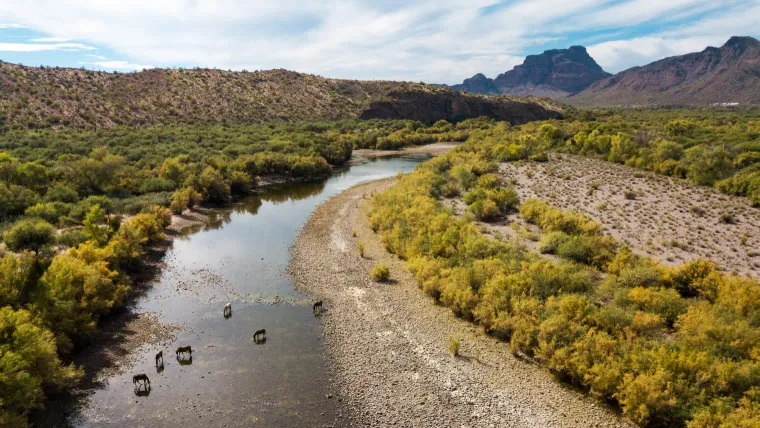On day six of creation, God uniquely says of humans, “Let us make mankind in our image, in our likeness...” (Gen. 1:26 NIV)
And his next words?
“So that they may rule over...” (Gen. 1:26 NIV)
There's then a list of what humans are going to rule over: fish, birds, livestock, wild animals, and insects. If this list didn’t exist, I can imagine Genesis 1:26 simply stating: “Let us make mankind so that they may rule in our image, in our likeness.”
On days one to three, God makes our world habitable by establishing the cycles of time, weather, and food. Then, on days four to six, he creates roles for celestial bodies and living creatures. These roles are the purpose we are each to fulfil within God’s newly functioning creation.
For human beings, our assigned role is to rule like God would.
This is a far cry from what Christians usually believe verse 26 says. We typically read it as a sequence of events where God creates us as image-bearers before he gives us the privilege to lead.
What is the image of God?
When we seek to understand what the image of God is, our material bias influences our understanding. It persuades us to locate the image of God as an immaterial ingredient in what makes us human.
We don’t realise it, but by doing this we are simply making another building blocks story. It’s just that, instead of dust or ribs or other matter, we are talking about the mental, moral, or social attributes we believe make humans uniquely like God.
However, Genesis 1 mentions none of the traits we traditionally associate with the image of God. We read them into the story, ignoring the obvious link between the image of God and our leadership.


